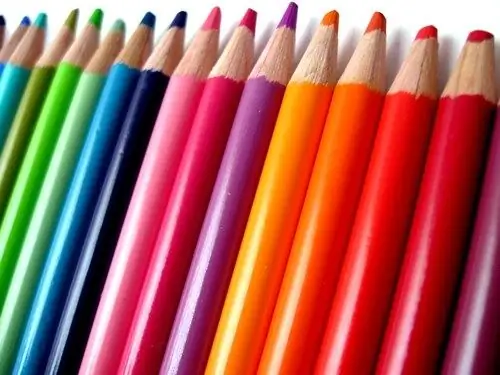Drawing nature can be tricky. After all, she is the best, most talented artist who cannot be surpassed by anyone. However, it is possible to depict plants in a very realistic light.

It is necessary
- paper;
- colour pencils;
- simple pencil;
- eraser
Instructions
Step 1
Observe the original before recreating it on paper. See what the grass looks like, what shades it can be, how the wind moves it, how it glitters in the sun. Study the shape of the blades of grass, how they look at different distances. Compare how often the grass grows on different surfaces. Somewhere it is very dense, in another place you can see only individual blades of grass.
Step 2
Take a simple pencil and outline the outlines of your future grass. Draw with soft, thin, barely visible lines so that you can erase them later with the eraser. Draw every blade of grass. Follow their direction. Most of the grass grows in one direction, but individual blades of grass may be slightly deflected to the other. This technique will help you create the most realistic sketch, because in nature there are no perfectly straight lines, it lacks perfect symmetry.
Step 3
Color in the blades of grass with pencils. Practice using different shades of green first to get the color you want. With colored pencils you need to draw in the direction of growth of a blade of grass, along its length. The outline can be darkened. Also, consider where the sunlight is falling on the grass. Here, the colors will be lighter, and on the back, use pencils in a dark, saturated green.
Step 4
Depict the grass in a slightly different way, if in the landscape it will not be seen so closely. In this case, you can make a background of one of the shades of green, on which you will then draw individual blades of grass. In this case, you also need to consider whether the sun's rays are falling from the right, left, or exactly from above. In this picture, you can depict the glare of light. To do this, apply a little yellow or yellow-green color to the grass.






